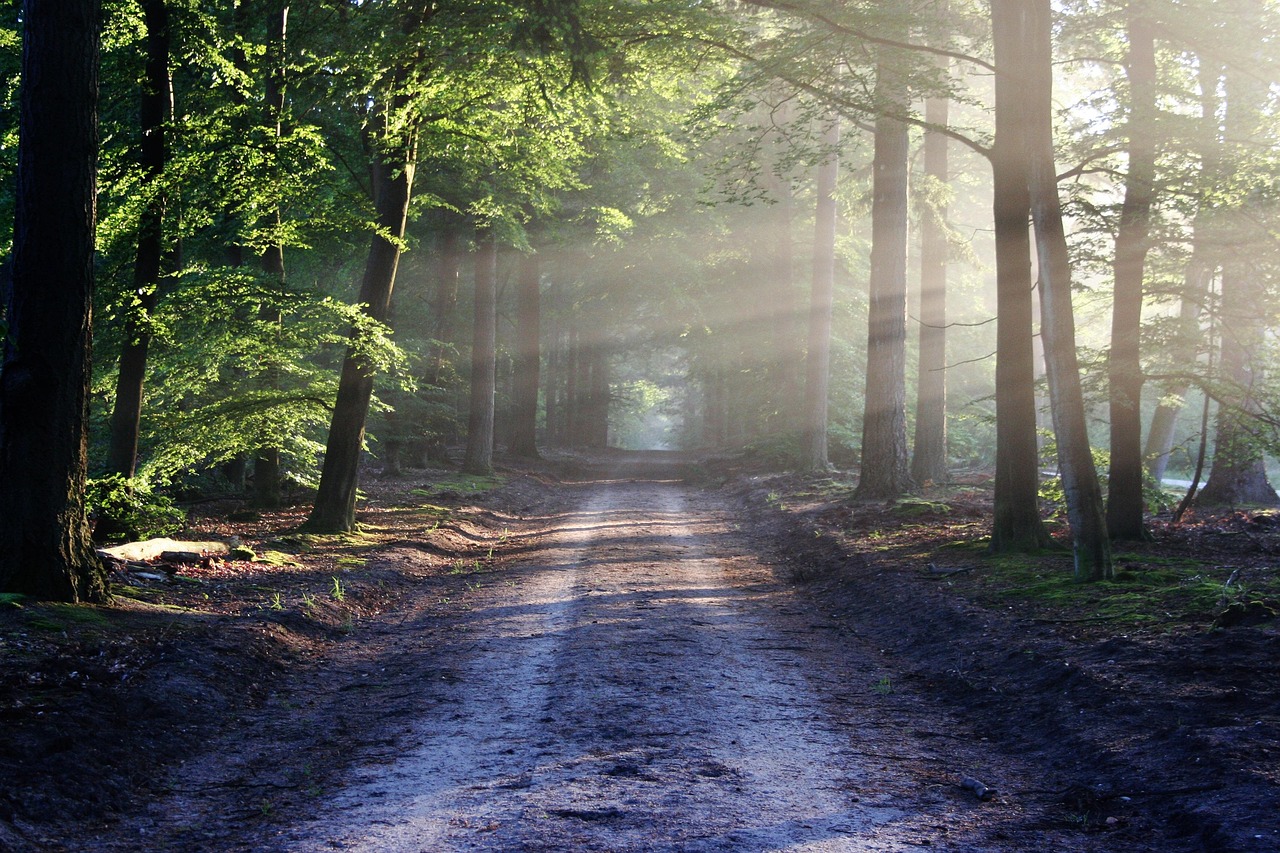Unraveling the Health Benefits of Forest Therapy
In the realm of health and wellness, countless strategies have been devised to boost physical and mental well-being. While many of these approaches are rooted in scientific research and evidence-based practices, some are more unconventional, yet equally intriguing. Among these is the concept of forest therapy—an immersive, mindful encounter with nature. This article delves into the history, science, and potential health benefits of this unique wellness practice.

Journeying Back to the Origins of Forest Therapy
The idea of forest therapy, also known as Shinrin-yoku, was born in Japan in the 1980s as a response to the increasing stress levels and health issues triggered by the country’s rapid urbanization. The term translates to “taking in the forest atmosphere” or “forest bathing.” Unlike conventional therapies, this approach does not involve any physical exercise or active participation but simply spending time in a forest ambiance, absorbing its sights, sounds, and smells.
The Science Behind Forest Therapy
The health benefits of forest therapy are more than mere speculation. Numerous studies have investigated the effects of forest environments on human health. For instance, research has shown that forest environments can lower cortisol levels—a hormone associated with stress—and blood pressure, improve mood, boost the immune system, and enhance overall feelings of well-being. The calming effect of nature is thought to be linked to phytoncides, organic compounds emitted by trees, which are believed to have health-boosting properties.
Embracing the Benefits and Addressing the Challenges of Forest Therapy
As a wellness strategy, forest therapy offers a plethora of benefits. It serves as an effective stress-reliever, mood enhancer, and a means to reconnect with nature. Moreover, it’s a low-cost and accessible practice that people of all ages can enjoy. However, it is crucial to acknowledge that access to natural environments may not be readily available for everyone, particularly those living in dense urban areas. Thus, promoting forest therapy as a universal wellness strategy may require innovative approaches to urban planning and design.
The Fascinating Forest Facts and Tips
- Forests cover about 31% of the world’s land area.
- Research suggests that even looking at pictures of nature can help reduce stress and improve mood.
- Creating a mini nature sanctuary at home with plants and natural elements can mimic the effects of forest therapy.
- Virtual forest therapy sessions are now available for those unable to access forests.
Wrapping Up the Forest Therapy Experience
Forest therapy is more than a simple walk in the woods—it is an immersive experience that harnesses the power of nature to soothe the mind and body. While research into its full range of benefits continues, current evidence supports its role as an effective stress-reliever and mood enhancer. As we continue to navigate an increasingly urbanized world, strategies like forest therapy serve as vital reminders of our intrinsic connection to nature and its potential to enhance our overall health and well-being.





